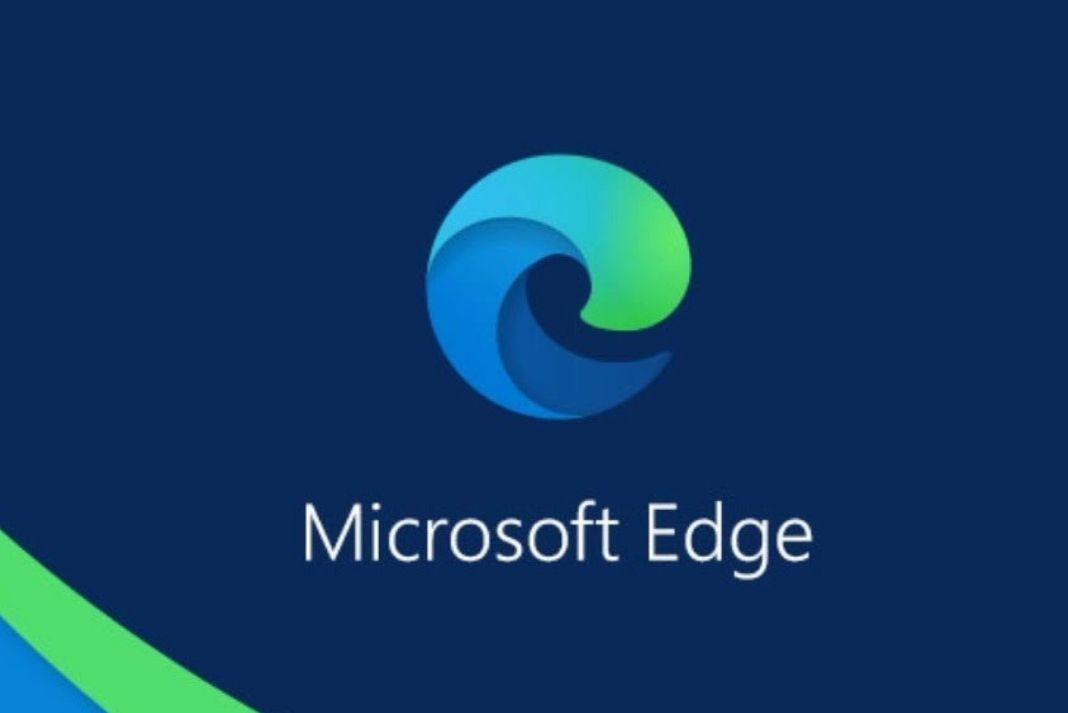On March 08, 2023, Microsoft Edge presented a new feature called video super-resolution (VSR) that uses machine learning algorithms to enrich the quality of lower-resolution videos viewed in Edge by dismissing blocky compression artifacts and upscaling the video resolution.
Nonetheless, Microsoft Edge’s video super-resolution (VSR) feature has some requirements that users need to meet. They need a device with an Nvidia RTX 20/30/40 series or AMD RX5700-RX7800 series GPU. The videos they want to enhance should have a resolution of 720p or lower and a minimum size of 192 pixels in both height and width. The videos should also be free of Digital Rights Management technologies like PlayReady or Widevine. Moreover, the device should plug into a steady power source.

How does this VSR (video super-resolution) works?
How did Microsoft bring this feature to life? Let’s delve into some details.
ONNX Runtime and DirectML for Efficient GPU Processing
Microsoft Edge’s VSR feature is made possible with ONNX Runtime and DirectML technologies. It can be used by more people because it is compatible with different GPU brands. More graphics cards will support in the future if they have sufficient computing power. The technology employed in VSR design and refined over time to make the most of your computer’s graphics card processing power. ONNX Runtime loads ML models from .onnx files, while DirectML optimizes and evaluates the ML workload by using available GPU capabilities such as native ML tensor processing. This results in VSR achieving high execution throughput at a high framerate.
Also Read- Why Microsoft Edge Is Not The Best Option For Mac Users
Install only necessary components and models to save space
To save space on your device, Microsoft only installs the necessary components and models for VSR if they detect a compatible GPU. If you see “Edge Video Super Resolution” listed under components in Edge Canary, it means your GPU can support the feature. This approach allows Microsoft to deliver different models based on your device’s capabilities and performance.
Introducing the DX12 Presentation Pipeline: Enabling VSR in Microsoft Edge
A new DX12 presentation pipeline develops for Microsoft Edge to allow VSR. Previously, Chromium (which serves as the foundation for Microsoft Edge) employed DX11 for video decode and rasterization, resulting in the generation of DX11 textures following video decode. However, as DirectML solely operates with DX12 buffers, a flexible DX12 pipeline has to integrate into the Chromium engine within Microsoft Edge to support VSR. This new pipeline executes shaders to transform DX11 textures into DirectML buffers/tensors, which can then utilize with ONNX Runtime.
Also Read- How To Enable Or Disable Split Screen Feature In Microsoft Edge
Enable / Disable VSR whenever you want
You can disable the VSR at any time you like. To disable the video super-resolution feature, one can simply click on the “HD” icon located in the address bar and select the toggle for “Enhance Videos”. Disabling this feature will persist across all sites in the Edge browser preferences and restore any video super-resolution features that remain supported by the graphics card driver on the user’s system.
Also Read- 8 Reasons Why Microsoft Edge Is The Best Browser For Mac
Improved Video Quality Using Machine Learning Models and Model Compression
Video Quality Improvement represents the procedure of enriching the quality of videos. It accomplishes this by employing machine learning models to enhance their resolution, contrast, and readability. Besides, Microsoft has formed an AI-powered video super-resolution model. This can upscale poor-grade videos to high-quality ones without presenting any artifacts. Moreover, the model optimizes for videos with a resolution of 360p or lesser. Despite a lighter model operated for higher resolutions and frame rates.
The video enhancement models distill and compressed from a much bigger model by the Microsoft DeepSpeed team. The training process implicates synthesizing low-quality and high-quality video pairs utilizing popular video codecs with distinct compression strategies. The models are then trained to recover structure information and high-frequency textures utilizing a two-stage training strategy optimized with perceptual and generative adversarial objectives. The performance of the models is evaluated using metrics like LPIPS and FVD.
Also Read- 8 Reasons Why Microsoft Edge Is not the best option for Mac users
Transforming Your Video Streaming Experience…
The inclusion of Video Super Resolution is a noteworthy feature. It can enormously enhance your video streaming experience, making it more immersive and pleasurable. Moreover, this feature can boost the details and beauty of your preferred content, elevating its quality. Besides, Microsoft’s team is diligently working towards refining the models. And hardware coverage to assure that more users can benefit from this superior experience.
Also Read- How To Add Or Remove Buttons On Toolbar In Microsoft Edge
When will we see this feature in our Edge Browser?
According to Microsft, they have initiated testing of this feature with a select group of customers in the Canary channel. They further plan to gradually extend this feature to more customers over the next few weeks. Besides, they are also planning on expanding the list of graphics cards supported by our system in the future.
Also Read- How To Enable Or Disable Secure DNS Over HTTPS (DoH) In Microsoft Edge


































